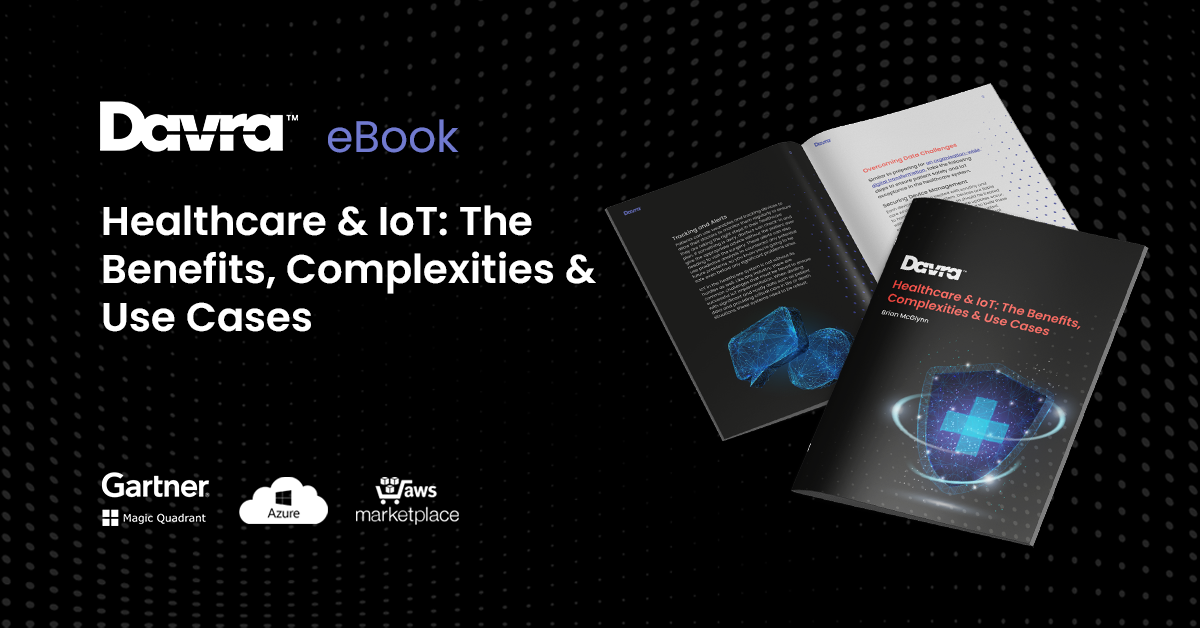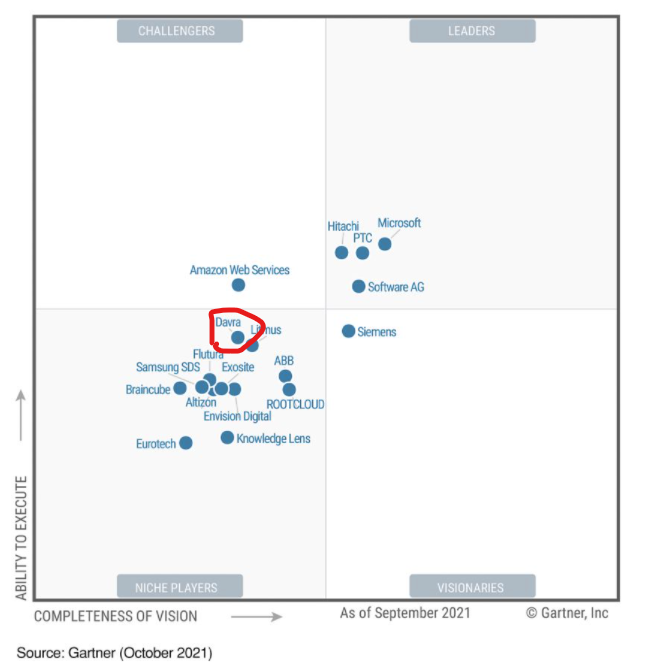IoT in Healthcare Use Cases eBook
Download Your Free IoT in Healthcare Use Cases eBook
Read More


The news hit IIoT companies last month that Google IoT Core is being retired on August 16, 2023, leaving customers with the need to find an alternative.
After disconnection, access to the IoT Core Device Manager API will no longer be available, and IoT devices using the service will be unable to connect to MQTT and HTTP bridges beyond that date. Launched in 2017, Google IoT Core provided a managed service to connect, manage, and ingest global device data. It also provided valuable access to a suite of Google tools like Google Data Studio, Cloud Dataflow, Cloud Big Table, BigQuery, Cloud Bigtable, and ML.
In an email to subscribers, the company recommended early action to migrate from IoT Core to an alternative service and predictably invited users to contact their account manager to “learn more about Google Cloud partners that offer alternative IoT technology or implementation services that meet your business requirements.”

Unfortunately, Google has a long history of product cancellations, highlighting the problem of relying on a single proprietary service provider. It can leave you in a world of pain if a service, such as a database or messaging service, is sunsetted or simply unable to provide your enterprise’s specific needs.
A sole provider can seem compelling as it can typically offer a cheaper suite of services as a whole instead of spreading service provision across various vendors. But ideally, your platform should not rely on a dependency on a single cloud provider. Other options may better suit where your business is now and your plans for the next few decades.
For businesses who now have to migrate from Google to another provider, what does this mean for their future in IoT? While Google are trying to do their best to help customers move away. It prompts a very important question to IoT decision makers, am I going to bet my businesses IoT future on a company whose core business is not IoT? After this, that answer may now be no. Google is very aware of its reputation for suddenly shutting down such a large service, and the Google Cloud spokesperson pointed out that they are trying to make the move as easy as possible for all customers. “We have worked extensively to provide customers with migration options and solution alternatives, and are providing a year-long runway before IoT Core is discontinued.”
Experience, Security, Scalability and no Technological lock-in….
Davra is been in operation for over 12 years, demonstrating it’s value and working along side industry giants to develop and execute innovative solutions that span across the globe. From it’s humble beginnings in Dublin, Ireland. Davra has time and time again proven that it’s technology is superior to competitors. Backed up by constant progression in Gartner’s Annual IIoT magic quadrant review.
Security & compliance is a big focus, Davra’s compliance manager ensures we continue to strive to build on our culture of compliance. Currently Davra is ISO 9001 and 27001 accredited and Department of Defense IL5 ready. We are currently in the process of completing SOC 2 which consists of five Trust Services Categories: security, availability, processing integrity, confidentiality, and privacy.
The Davra platform is an agnostic platform, meaning we can connect to any device using any hosting service, including on-prem installations. This was a core theme from the beginning, the idea of not boxing our clients in and understanding all projects can be different and require different equipment. Avoiding tech lock in’s and giving our clients flexibility in how too approach new business.

Google’s sunsetting creates architecture and solution challenges for their existing customers. In the case of Google IoT Core, the MQTT protocol is proprietary and heavily embedded into device SDKs which can add greater complexity to migration.
One option is using a vendor that provides an MQTT broker based on an Open Standard. This can increase the ease of integration and interoperability and make it easier to port applications between platforms.Open standards reduce the risk of vendor or platform lock-in. They also have vast industry investment in knowledge and tech and the evolution of industry standards, so there’s much to gain. The Eclipse Foundation and the Open Connectivity Foundation are good resources to dig into.
Think of Google IoT Core’s demise as a cautionary tale. You need to have an honest conversation with potential vendors and get future commitments.
For example, ask what commitments they can offer regarding service availability and support and for how long – The sunsetting of Google IoT Core provides you with an opportunity to audit your current and future business needs. You can put some time into rightsizing your cloud offering and thinking about what services you pay for but don’t use.
You have some time until August next year, so do your research, consult with comparative companies and those in your professional network, and despite some initial teething pains, you might find yourself in a far better position than you are right now.
Connect with Theo Giannopoulos, Business Development Manager, Davra.
Download Your Free IoT in Healthcare Use Cases eBook

Davra IoT is the only Industrial IoT Platform Available on AWS Marketplace
Read MoreThe Collaboration of Humans & Robots Has Created The Cobot
Read More